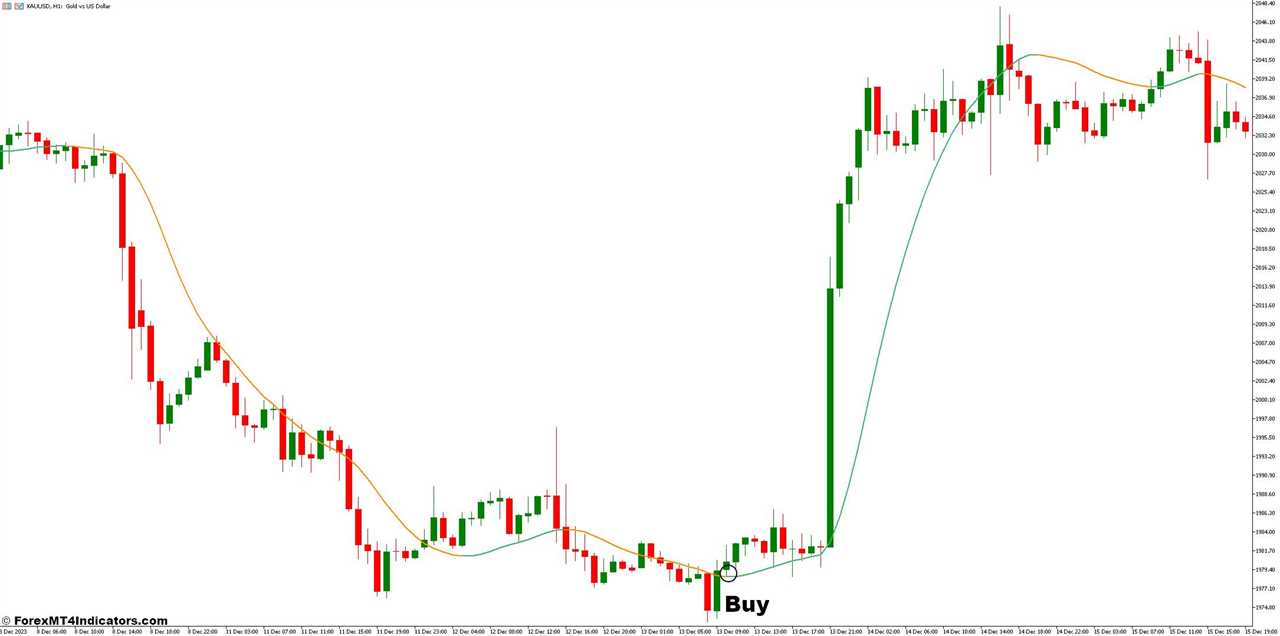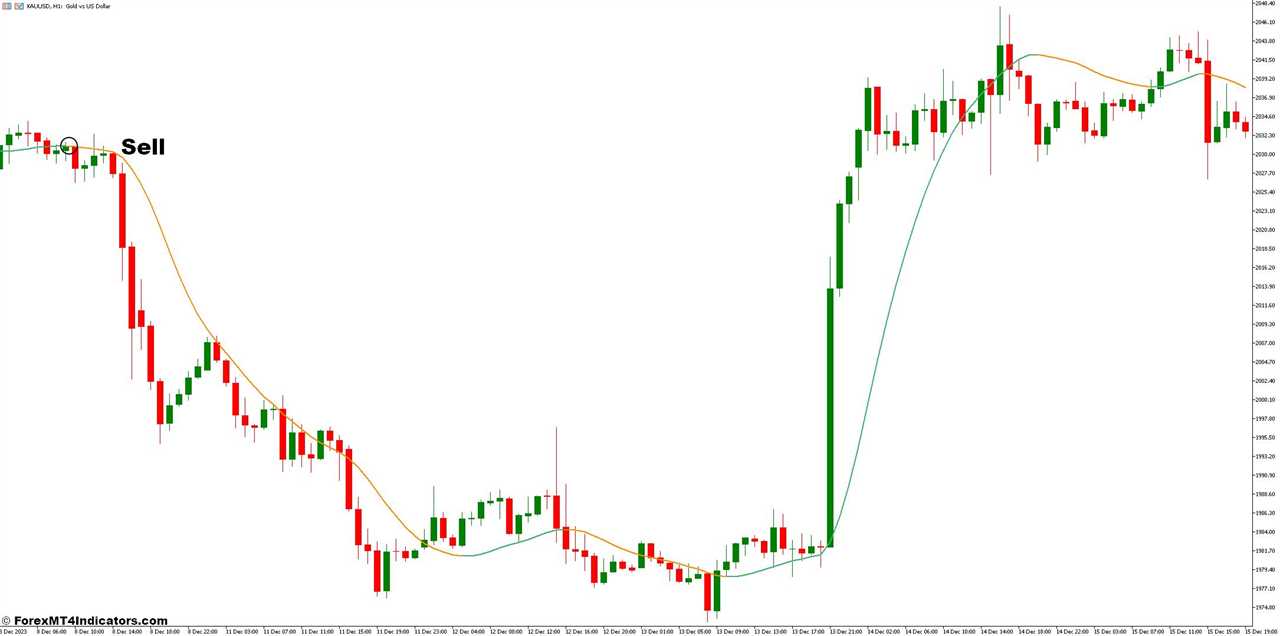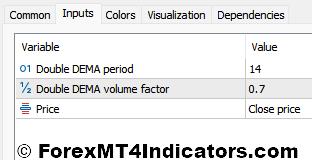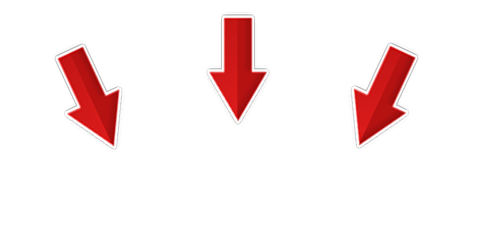||
Welcome, fellow traders! Have you ever felt frustrated by traditional moving averages lagging behind price action, generating signals that are a beat too slow? Or maybe you’ve experimented with the Double Exponential Moving Average (DEMA) only to find its filtering effect a little too strong, potentially leading you to miss out on profitable opportunities? Well, fret no more! Today, we’re diving deep into the world of the Generalized Double Exponential Moving Average (GDEMA) indicator, a powerful tool for MT5 users that offers the sweet spot between responsiveness and filtering.
Demystifying Trend Following and Moving Averages
Before we delve into the specifics of the GDEMA, let’s establish a solid foundation. Trend following is a core trading strategy that capitalizes on the inherent tendency of markets to move in sustained directions. Identifying these trends and aligning your trades accordingly can be a recipe for success. This is where moving averages come into play. By smoothing out price fluctuations, moving averages act as a dynamic trend filter, helping you visualize the underlying direction of the market. However, traditional Simple Moving Averages (SMAs) can be sluggish, often lagging behind price action.
Exponential Moving Average (EMA)
To address the limitations of SMAs, traders turned to Exponential Moving Averages (EMAs). EMAs assign greater weight to recent prices, resulting in a more responsive indicator that reacts quicker to price changes. This responsiveness makes EMAs a valuable tool for identifying trends and potential turning points. However, there’s a trade-off: increased responsiveness often comes at the cost of increased volatility in the indicator itself.
Enter the Generalized Double EMA (GDEMA)
This is where the magic of the Generalized Double EMA (GDEMA) comes in. The GDEMA concept introduces a layer of customization by incorporating weighting factors. Unlike the DEMA, which applies a straight 100% weight to the most recently smoothed EMA, the GDEMA allows you to adjust this weighting. By introducing a weight less than 100% for the smoothed EMA and a corresponding weight for the “normal” EMA, you can achieve a balance between responsiveness and filtering. Think of it as a dimmer switch for your indicator – you can fine-tune the level of smoothing to suit your trading style and market conditions.
Putting the GDEMA to Work in MT5
Now that you understand the theoretical foundation of the GDEMA, let’s explore its practical application within the MT5 platform. Fortunately, the GDEMA indicator is readily available for download within the MT5 marketplace. Once downloaded, you can easily configure it by adjusting the following parameters:
- Period: This determines the length of the moving average calculations. A shorter period will result in a more responsive indicator, while a longer period will provide a smoother line.
- Weight: This is where the GDEMA shines. You can adjust the weight assigned to the smoothed EMA, allowing you to customize the responsiveness of the indicator.
Once configured, the GDEMA will be displayed on your trading chart, offering valuable insights into potential trends and turning points.
Interpreting GDEMA Signals for Informed Decisions
Understanding how to read the GDEMA’s signals is crucial for making informed trading decisions. Here are some key aspects to consider:
- Slope: The slope of the GDEMA reflects the underlying trend. An upward slope indicates a potential uptrend, while a downward slope suggests a downtrend.
- Crossovers: Similar to other moving averages, crossovers between the GDEMA and the price line can signal potential entry and exit points. For instance, a price crossing above the GDEMA from below might indicate a buying opportunity, while a price crossing below the GDEMA from above could suggest a potential sell signal.
Advantages and Limitations of the GDEMA
While the GDEMA offers a compelling alternative to traditional EMAs and DEMAs, it’s essential to be aware of its limitations:
- Parameter Optimization: Choosing the optimal weight for the GDEMA requires experimentation and practice. Different market conditions might necessitate adjustments to the weighting factor.
- Market Volatility: Like all moving averages, the GDEMA’s effectiveness can be impacted by volatile market conditions. During periods of high volatility, the indicator might generate more whipsaws or false signals.
Advantages
- Improved Filtering: Compared to the DEMA, the GDEMA offers a customizable level of filtering, potentially reducing the impact of market noise on your trading decisions.
- Potential for Early Signals: By adjusting the weight, you can achieve a balance between responsiveness and filtering, potentially allowing you to identify trends or turning points a little sooner than with traditional EMAs.
- Adaptability: The ability to customize the weighting factor makes the GDEMA a highly adaptable indicator. You can tailor it to your preferred trading style, whether you prioritize responsiveness or a smoother, less volatile indicator.
How to Trade With The Generalized Double EMA
Buy Entry

- GDEMA Slope: Look for an upward-sloping GDEMA, indicating a potential uptrend.
- Price Crossover: The price line should cross above the GDEMA from below. This suggests a potential buying opportunity.
- Confirmation: Consider using additional technical indicators like the Relative Strength Index (RSI) to confirm the uptrend and avoid overbought conditions.
Sell Entry

- GDEMA Slope: Look for a downward-sloping GDEMA, indicating a potential downtrend.
- Price Crossover: The price line should cross below the GDEMA from above. This suggests a potential selling opportunity.
- Confirmation: Consider using additional technical indicators like a Stochastic Oscillator to confirm the downtrend and avoid oversold conditions.
Generalized Double EMA Settings

Conclusion
The Generalized Double EMA (GDEMA) is a valuable addition to the toolkit of any MT5 user. Its ability to balance responsiveness and filtering makes it a versatile indicator that can be customized to suit your trading style and market conditions. Remember, the GDEMA is a tool, not a holy grail. Use it in conjunction with other technical indicators, fundamental analysis, and proper risk management practices to develop a well-rounded trading strategy that positions you for success in the ever-evolving world of financial markets.
Recommended MT4/MT5 Broker
XM Broker
- Free $50 To Start Trading Instantly! (Withdraw-able Profit)
- Deposit Bonus up to $5,000
- Unlimited Loyalty Program
- Award Winning Forex Broker
- Additional Exclusive Bonuses Throughout The Year
- Exclusive 50% Cash Rebates for all Trades!

>> Sign Up for XM Broker Account here with Exclusive 50% Cash Rebates For All Future Trades [Use This Special Invitation Link] <<
Already an XM client but missing out on cashback? Open New Real Account and Enter this Partner Code: 𝟕𝐖𝟑𝐉𝐐
(Free MT4 Indicators Download)

Generalized Double DEMA MT5 Indicator
||
-----------------------------------------------------
By: Tim Morris
Title: Generalized Double DEMA MT5 Indicator
Sourced From: forexmt4indicators.com/generalized-double-dema-mt5-indicator/?utm_source=rss&utm_medium=rss&utm_campaign=generalized-double-dema-mt5-indicator
Published Date: Wed, 16 Oct 2024 01:00:10 +0000
Read More
.png) InvestingStocksToolsClubsVideosPrivacy PolicyTerms And Conditions
InvestingStocksToolsClubsVideosPrivacy PolicyTerms And Conditions
